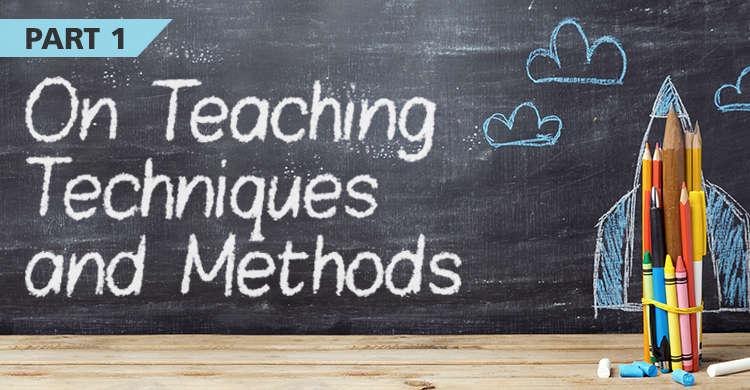Sharing the Burden of Professional Growth and Development between Principals and Peers
One of the challenges facing 21st-century leaders is helping teachers to grow and learn. Identifying the most promising, research-proven teaching strategies is not the problem. Recently, books such as Visible Learning for Teachers (Hattie, 2012), Teach like a Champion (Lemov, 2010), and Classroom Instruction That Works (Dean, Hubbell, Pitler, & Stone, 2010), and others have provided us with research that enables us to know which teaching strategies hold the most power to improve student learning. Helping teachers to adopt and use these strategies, however, can prove challenging for school leaders.
In the past, the principal or similar position may have motivated teachers to adopt new strategies. Today’s teachers have multiple resources to call upon for teaching strategies. While many teachers will still listen to and learn from the feedback provided by their principal, they place great value in the thoughts and experiences of their peers for new teaching ideas. If the idea has worked for a peer, they will be motivated to try it in their classroom. Without a learning and communication structure in place, peer interactions can be random and unfocused.
The teacher learning strategy presented in this post builds on the power of the structured peer learning model outlined in DuFour & DuFour’s Professional Learning Communities at Work™ process. This highly collaborative process has been successful in improving student learning in many schools. It can also be used to facilitate power teacher learning and instructional improvement.
In the book, Score to Soar: Moving Teachers from Evaluation to Professional Growth (Eller & Eller, 2015) we describe how schools are using the collaborative teams that are part of the PLC process to empower teacher growth and professional develop related to learning and implementing new teaching strategies. This process works in concert with the teacher growth and appraisal process and the leadership of the principal in providing ideas, techniques, and strategies for teachers to learn and implement needed improved teaching strategies. This process can be used in concert with the existing teacher evaluation process mandated by the school district.
Once the principal empowers the collaborative team members to review student learning data and identify strategies to impact it, the process typically follows these steps:
- Implement Common Assessment: Collaborative team members develop/implement common academic assessments at the beginning of unit or academic period.
- Share and Discuss Results: The collaborative team members meet to look for general trends or patterns in the results of these common assessments.
- Determine New Teaching Strategies: Once trends or patterns have been identified, the collaborative team members discuss potential instructional strategies to help address the learning needs of their students during the unit or grading period. The collaborative team selects a small number (one or two) of these instructional strategies to focus on together. The collaborative team informs the principal of the trends and strategies selected to address the learning issues. This information can be shared via technology (for example Google Documents) or through face-to-face meetings.
- Learn the Strategies Together: During the unit or grading period, collaborative team members implement the strategies in their classrooms. During this implementation they observe each other, make videos of their teaching, provide each other feedback, and meet to discuss their progress in implementing the new instructional strategies. During this time, they provide each other with feedback, support, and coaching to ensure success. They also keep the principal informed about their efforts and progress.
- Evaluate the Learning Progress of Teachers: At the end of the unit or grading period, the collaborative team members meet to assess their progress on learning the new instructional strategies. They also implement common assessments to measure the amount of student academic growth and their collective impact. They may also generate additional instructional strategies if student growth has not been significant. Because the principal is engaged, she/he can offer other ideas and strategies.
- Continue Learning and Growth: As they implement other units, the collaborative team continues in the same format, selecting new instructional strategies, while deepening the understanding of the ones that have been currently implemented.
This growth process described here maximizes peer learning and professional development while strengthening collaboration within the school. It works because teachers are accountable to their peers, work in collaboration with their principal during the process, and experience a sense of working together to meet common goals. All recipes for success!
[author_bio id=”179″]
[author_bio id=”362″]






